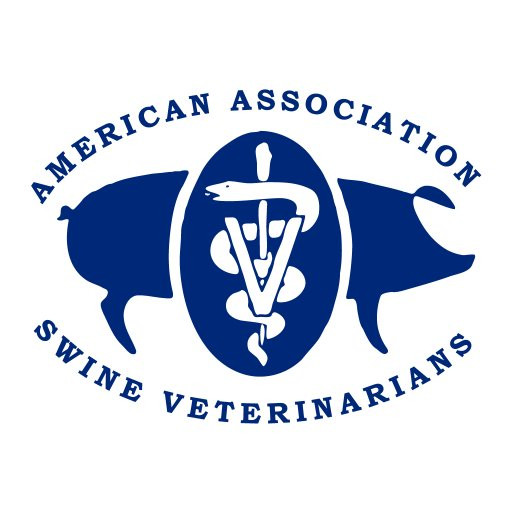

Abstract
Visceral cysticercosis, caused by Taenia hydatigena, is an uncommon parasitic condition in swine that presents significant implications for both animal health and food safety. This paper describes a rare case of visceral cysticercosis in a Kunekune sow, detailing the pathological findings and molecular identification of the causative parasite. The study emphasizes the importance of diagnostic techniques and preventive measures in managing parasitic infections in swine production systems.
Introduction
Swine cysticercosis is a zoonotic disease caused by cestodes of the genus Taenia, typically involving Taenia solium and Taenia hydatigena. While T. solium is widely recognized for its impact on human health, T. hydatigena has received less attention, despite its potential to cause significant economic losses in swine production. This paper reports the clinical, pathological, and molecular findings of a case of visceral cysticercosis in a Kunekune sow, providing insights into disease identification and management.
Case Description
A 3-year-old Kunekune sow was presented with nonspecific clinical signs, including lethargy, weight loss, and reduced appetite. Post-mortem examination revealed multiple cystic lesions in the liver and mesentery. The lesions contained fluid-filled cysts with visible protoscolices, indicative of cysticercosis.
Diagnostic Methods
Pathological examination was conducted, revealing liver necrosis and fibrotic changes around the cystic lesions. Molecular analysis, including polymerase chain reaction (PCR), was performed to identify the causative agent. Amplification of mitochondrial DNA confirmed the presence of T. hydatigena. This finding was further corroborated by sequencing, which aligned with previously documented T. hydatigena strains.
Discussion
The case highlights the importance of molecular tools in diagnosing parasitic infections in swine. T. hydatigena typically cycles between canine definitive hosts and intermediate hosts, such as sheep or pigs, via ingestion of contaminated feed or water containing eggs. While rare in commercial swine operations, visceral cysticercosis poses a risk in small-scale or backyard farming systems where exposure to canid feces is more likely.
The economic implications of such infections include condemnation of affected organs, reduced carcass value, and potential transmission to other livestock. Preventative measures, including improved biosecurity, regular deworming of dogs, and safe feed and water practices, are critical in mitigating the spread of T. hydatigena.
Conclusion
This case underscores the significance of vigilance in detecting and managing parasitic infections in swine herds. Advanced diagnostic tools, such as molecular techniques, play a pivotal role in identifying pathogens and guiding appropriate intervention strategies. Continued research and education are essential to enhance awareness and control measures, ensuring both animal health and food safety.





